It’s one of the saddest parts of owning a pet: We know that someday we’ll have to say goodbye. Our pets never live long enough for us, and preparing for the end can be painful (though important). Your pet hamster will be with you for between two and three years of happy life — full of spinning wheels and treats. Once they’re getting close to the end, though, you’ll want to help ease their passing, keeping them warm and comfortable.
By paying close attention to the signs of a dying hamster, you can be ready to step in as a pet parent and help them finish the end of their life well. Watch out for any of these symptoms, which should be accompanied by a visit to the vet, since they can have a few different causes.
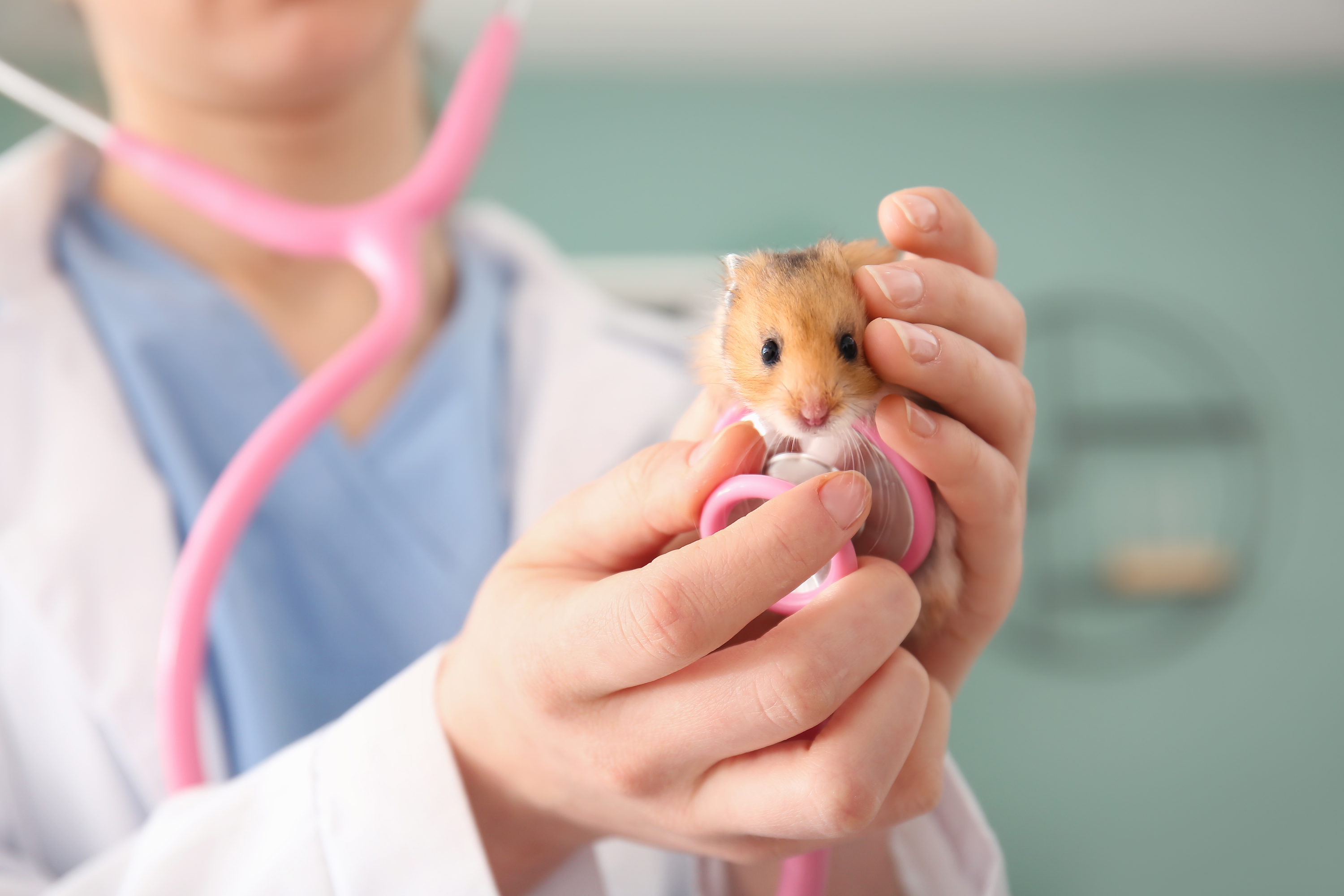
Loss of appetite
Since you feed your hamster daily, you should notice quickly if they’ve cut back on eating. Pay particular attention if they turn their little nose up at treats that normally get gobbled down. While skipping snacks can certainly indicate that your hamster is nearing their last days, there are lots of other reasons they might miss meals, so don’t take this as an immediate indicator that they’ll soon be gone.
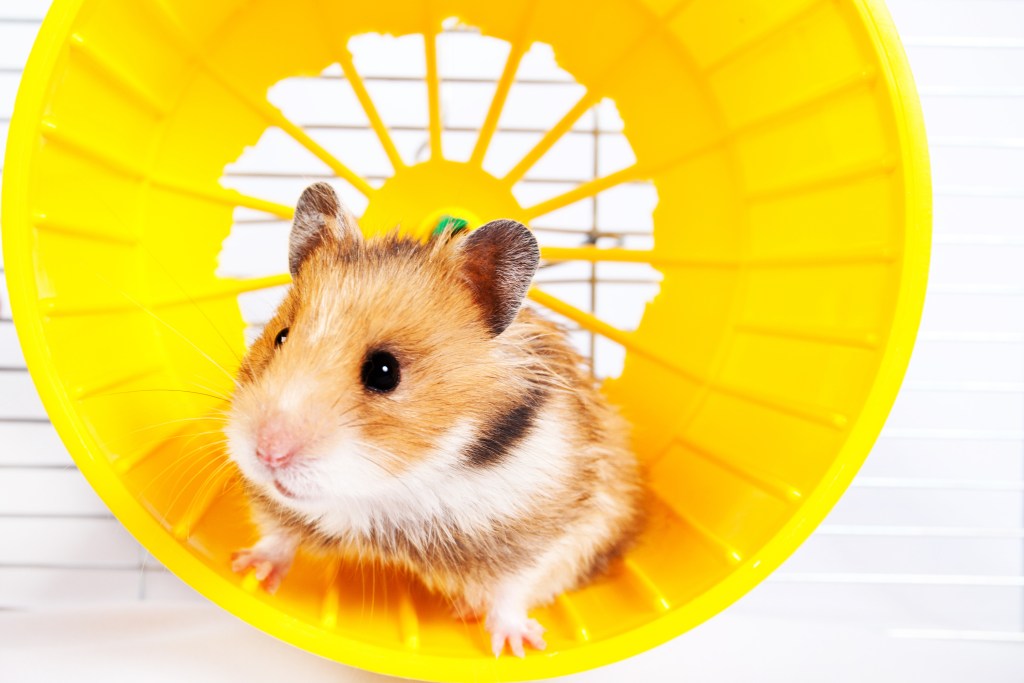
Slowing down
Most hamsters will play a lot — they’re known for riding that wheel all night. If you begin to see a precipitous decline in their activity level, it might mean old age has set in. Additionally, sometimes hamsters accidentally slip into hibernation if it gets too cold. While wild ones may need to do this yearly, your pet isn’t equipped to sleep for that long. Start by warming up their area to about 70 degrees Fahrenheit and contact their vet if they don’t wake up.
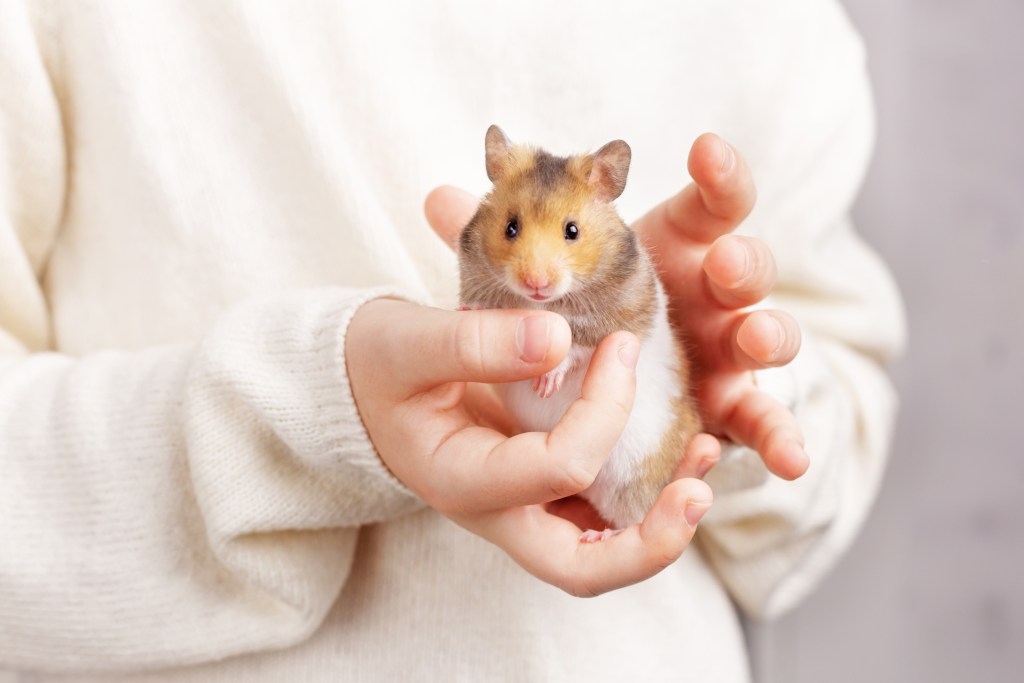
Health issues
You’ll want to monitor their hamster health every day and note anything concerning. A fever indicates that they might have an infection or other sickness. Rodents can also become dehydrated, which might show up as tightness or bunchiness in the skin. You can also usually tell when your hamster is coming down with something because they’ll become weak, tired, or sluggish.

Bathroom troubles
More specifically, diarrhea in hamsters can indicate a serious issue. Check when you clean the cage to ensure their digestion flows well. Sometimes your pet will experience vomiting or drooling, both of which mean you need to take action. Beware of wet tail, a deadly infection you can spot by checking the underside of their tail when handling your pet. If they have it, they’ll need to get to the vet right away to clear it up.
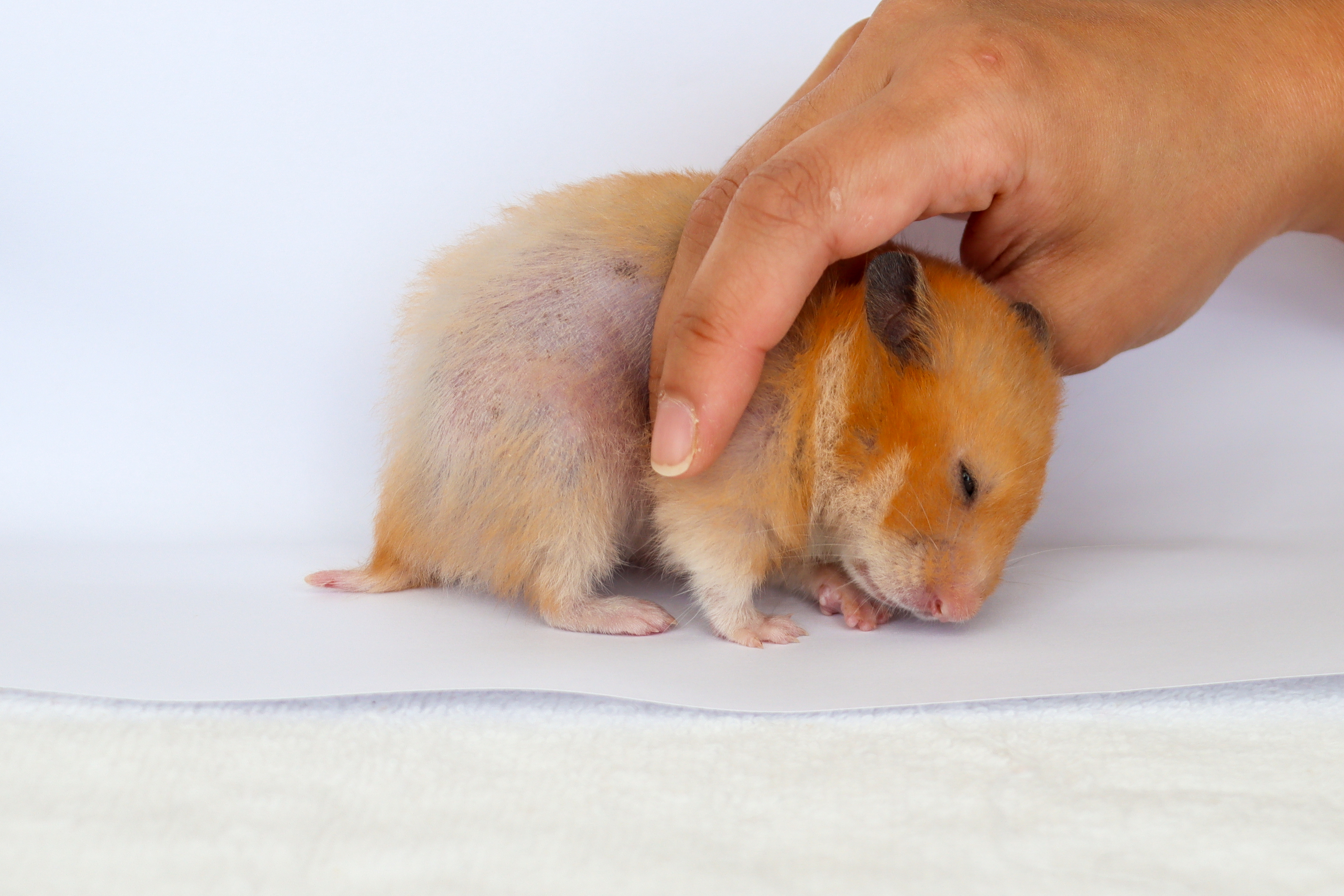
Skin problems
Your hamster will scratch occasionally, just like most mammals, but excessive picking can show you that something else is wrong. Look closely for spots, redness, or flaky skin when you examine him. A healthy animal will have a nice shiny coat. Take note if it goes dull or they lose patches of fur. In many cases, this could go away, but you’ll need to look into the underlying problem and soothe their skin with creams.
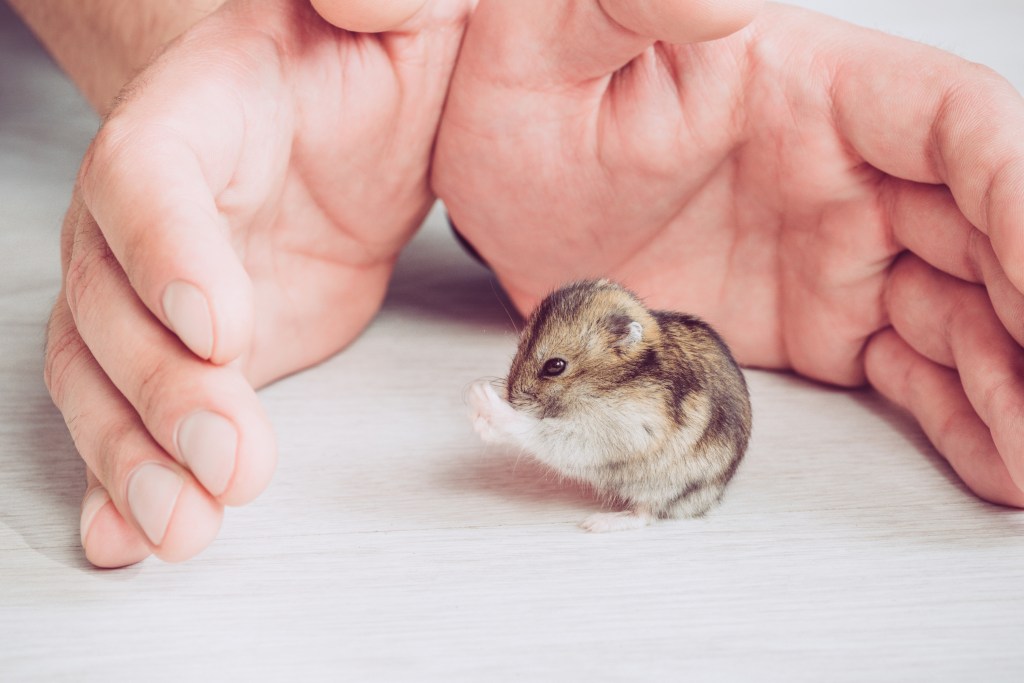
Cold symptoms
These pets often come down with the sniffles, and some of the signs look very familiar since they’re a lot like what you might experience when sick. A runny nose, watery eyes, and mucus are all indicators. A young hamster might easily recover from a cold, but an elderly pet may not get better.
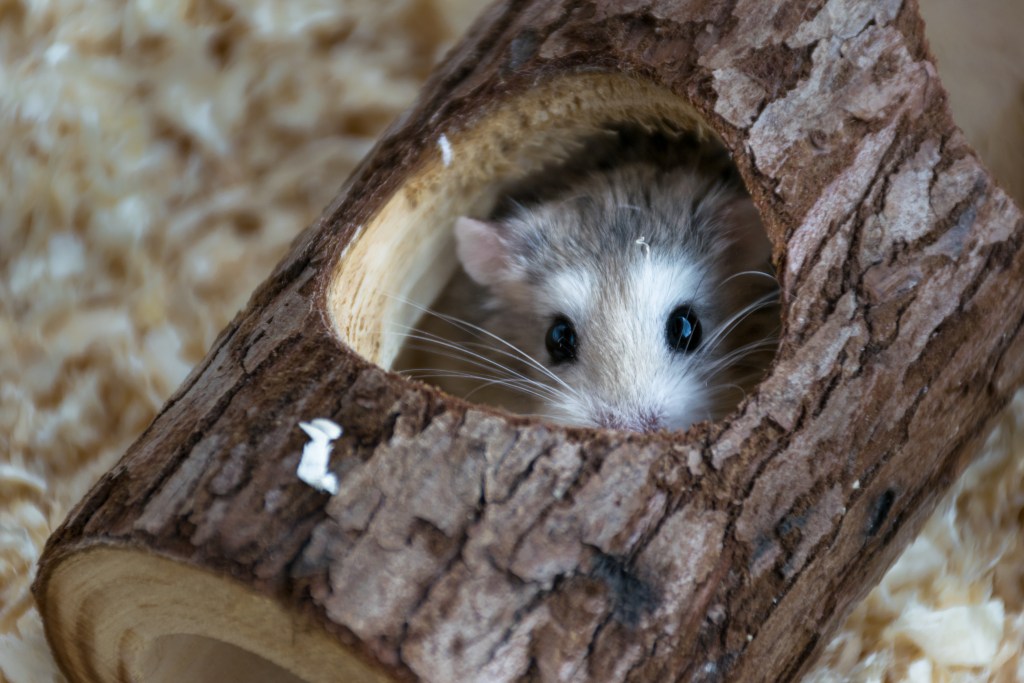
Hiding too much
Most species of hamsters prefer to come out at night, so you don’t need to worry if they frequently hide during the day. However, a sudden change in behavior like hiding all the time could be a sign of a much larger issue such as acute stress, which can be deadly to your little pet.

Is my hamster dying or just hibernating?
Even by paying close attention to the signs, nothing will quite prepare you for finding your hamster unresponsive. However, you need to take a better look because sometimes a still hamster is actually hibernating. So you should confirm that your little guy has passed. To do this, first gently stroke their fur and check for any reactive movement, especially a twitch in the whiskers. If your pet doesn’t react, next hold a spoon or mirror up to their tiny nose and look for the telltale signs of breath. Lastly, check the environment to make sure you haven’t accidentally created hibernation conditions and adjust as necessary. For example, if the cage area got really cold over night, turn up the heat and see if your hamster revived.
Generally, you can trust your instincts when it comes to your pet. Anything out of the ordinary might warrant a trip to the vet to figure out what’s wrong. In some cases, a little medicine or a change of environment takes care of it. But if your little pet is ready for the happy hamster grounds, you should focus on keeping them pain-free with medicine, warm with blankets, and comfortable with your presence.
Editors' Recommendations
- What causes high pH in an aquarium? We’ll walk you through getting your tank levels in check
- Is my rabbit pregnant? 5 telltale signs you should know
- Best reptile pets: These are the 5 most affectionate reptiles you can welcome into your home
- 3 reasons not to give pet rabbits, baby chicks, or ducks this Easter
- Bunny care 101: If Easter inspires you to adopt a rabbit, read this first




